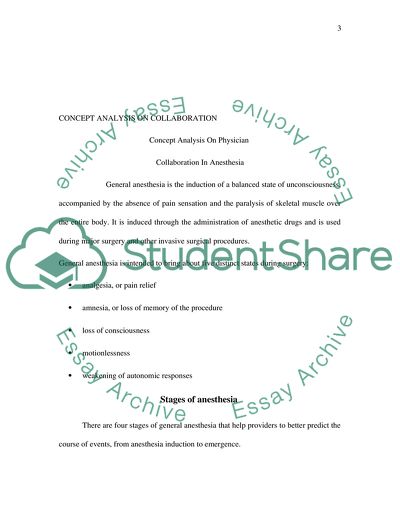Cite this document
(“Concept Analysis: Collaboration Term Paper Example | Topics and Well Written Essays - 1500 words”, n.d.)
Retrieved from https://studentshare.org/miscellaneous/1575420-concept-analysis-collaboration
Retrieved from https://studentshare.org/miscellaneous/1575420-concept-analysis-collaboration
(Concept Analysis: Collaboration Term Paper Example | Topics and Well Written Essays - 1500 Words)
https://studentshare.org/miscellaneous/1575420-concept-analysis-collaboration.
https://studentshare.org/miscellaneous/1575420-concept-analysis-collaboration.
“Concept Analysis: Collaboration Term Paper Example | Topics and Well Written Essays - 1500 Words”, n.d. https://studentshare.org/miscellaneous/1575420-concept-analysis-collaboration.


